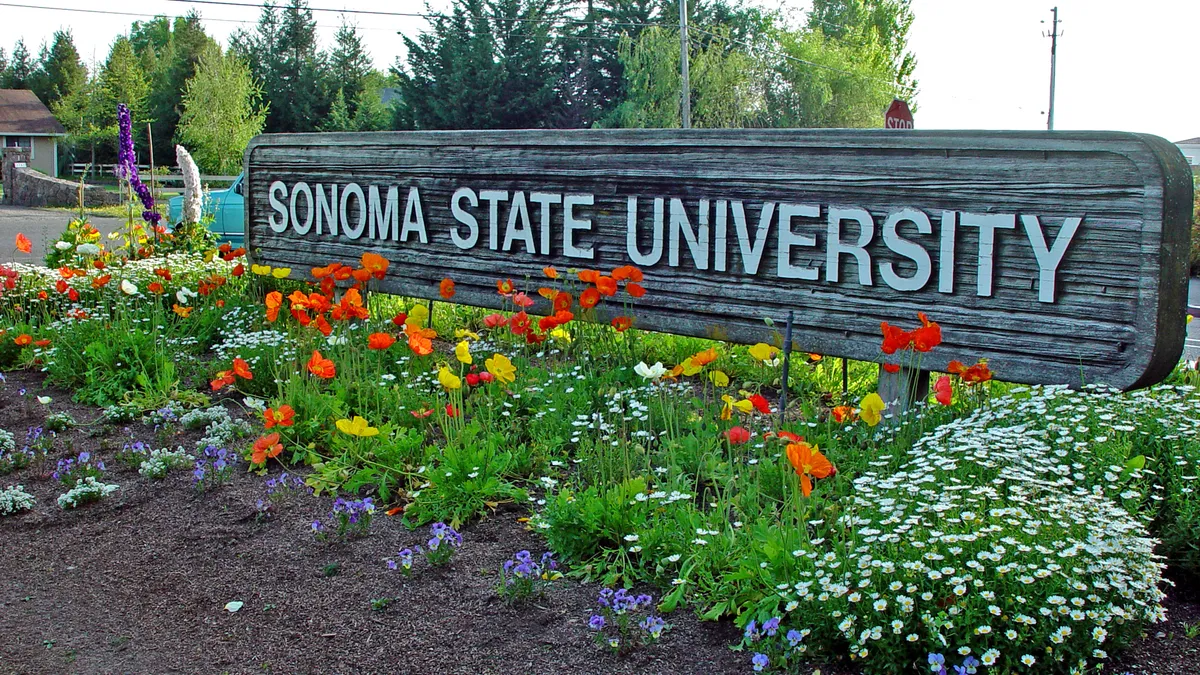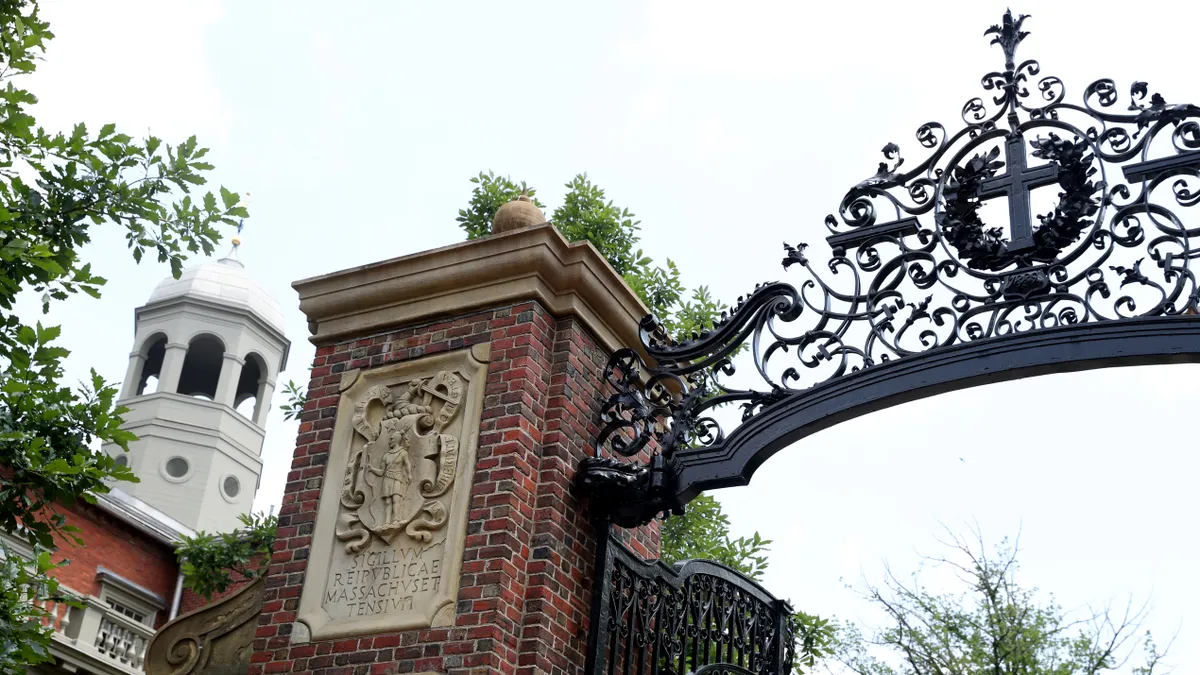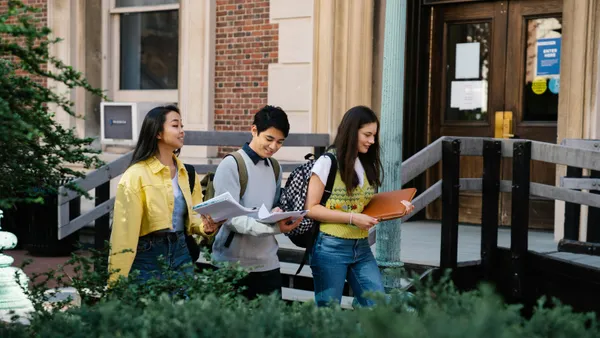Transfer enrollment at colleges and universities has declined 13.5% since the onset of the coronavirus pandemic, representing a loss of nearly 300,000 students.
That’s according to the latest figures from the National Student Clearinghouse Research Center, which based the findings on a fixed panel of institutions that collectively enroll more than 13 million undergraduate students.
It found that the transfer losses were steepest during the pandemic’s first year, in 2020-21, when enrollment fell 9.1%, or by about 200,000 students. Declines slowed in the 2021-22 academic year, when transfer enrollment fell 4.9%, representing a loss of about 97,200 students.
Transfer enrollment losses were much greater than nontransfer enrollment losses
These losses were more than double those seen in nontransfer enrollment. Their impact could be felt for years to come, Doug Shapiro, the research center’s executive director, said in a statement.
“Today’s missing transfer students will too often become tomorrow’s missing graduates unless educators and policy makers respond quickly with interventions tailored to the needs of affected learners,” he said.
‘A wake up call’
The steep decline of transfer students over the past two years is part of a troubling enrollment trend. Fewer undergraduates are coming to college as the health crisis continues and a strong job market pulls prospective students away from higher education.
But transfer students have been hit harder by the pandemic than others.
“Transferring during a pandemic is hard — harder than just staying enrolled,” Shapiro said during a call Monday with reporters. “Imagine navigating two sets of all the shifting pandemic policies from campus to campus — on top of all the transfer policies — and all that without the benefit of in-person advisers or other campus-based support networks.”
Students aren't just transferring less. They're struggling to stay enrolled after they transfer to different colleges.
The persistence rate for students one term after transferring declined across the board, according to the new report.
Among students who transferred in fall 2020, 80.4% returned for the spring term. That’s compared to 80.7% who persisted to the next term after transferring the previous year.
The persistence rate didn’t improve in the pandemic’s second year, from fall 2021 to the next spring. That term, only 80.3% of new transfers returned, still below pre-pandemic levels.
“You would think that those who had managed to transfer in times like this would have to be among the most determined and persistent students around,” Shapiro said. “These results should be a wake-up call to colleges that transfer-in students really need assistance and support.”
An ongoing challenge
Some types of transfer enrollment have been hurt more during the pandemic than others.
Reverse transfer, when a student goes from a four-year college to a two-year institution, has fallen by 18% since the pandemic started, representing a decline of about 66,900 students.
And lateral transfers — when a student switches between the same level of institution, such as two community colleges — saw a similar decline since the 2019-20 academic year, 15.5%. That decline represents a loss of about 143,200 students.
Reverse transfer has been hit hardest during the pandemic
These types of transfer pathways can help prevent students from stopping out of their programs, Shapiro said, stressing that these trends portend a problem for all of higher education.
“They enable students to change institutions as their needs and aspirations change,” Shapiro said. “Students who feel trapped in programs that no longer meet their needs are more likely to stop out or drop out altogether.”
Also troubling are trends in upward transfers, when students go from a two-year college to a four-year institution. Since the pandemic started, enrollment of these students has dropped by 9.7%, representing a loss of roughly 86,000 students.
These losses have been accelerating. In 2020-21, enrollment of upward transfers fell 2.3% year over year. By the next year, those annual losses more than tripled to 7.5%.
“These are critical access pathways to bachelor’s degree attainment for low-income students who would not otherwise be able to afford the higher costs of four-year schools,” Shapiro said.
Part of the trend is likely due to lower enrollment overall at community colleges, which have borne the brunt of pandemic-related declines.
Losses at two-year schools are drying up the pool of students who might transfer to four-year colleges. These effects will likely persist for some time, as community college students don’t typically transfer to four-year institutions until their third year or later, Shapiro said.
“This constrained pool will persist for quite some time, even if enrollments at community colleges were to rebound immediately in the current fall term,” Shapiro said.






















